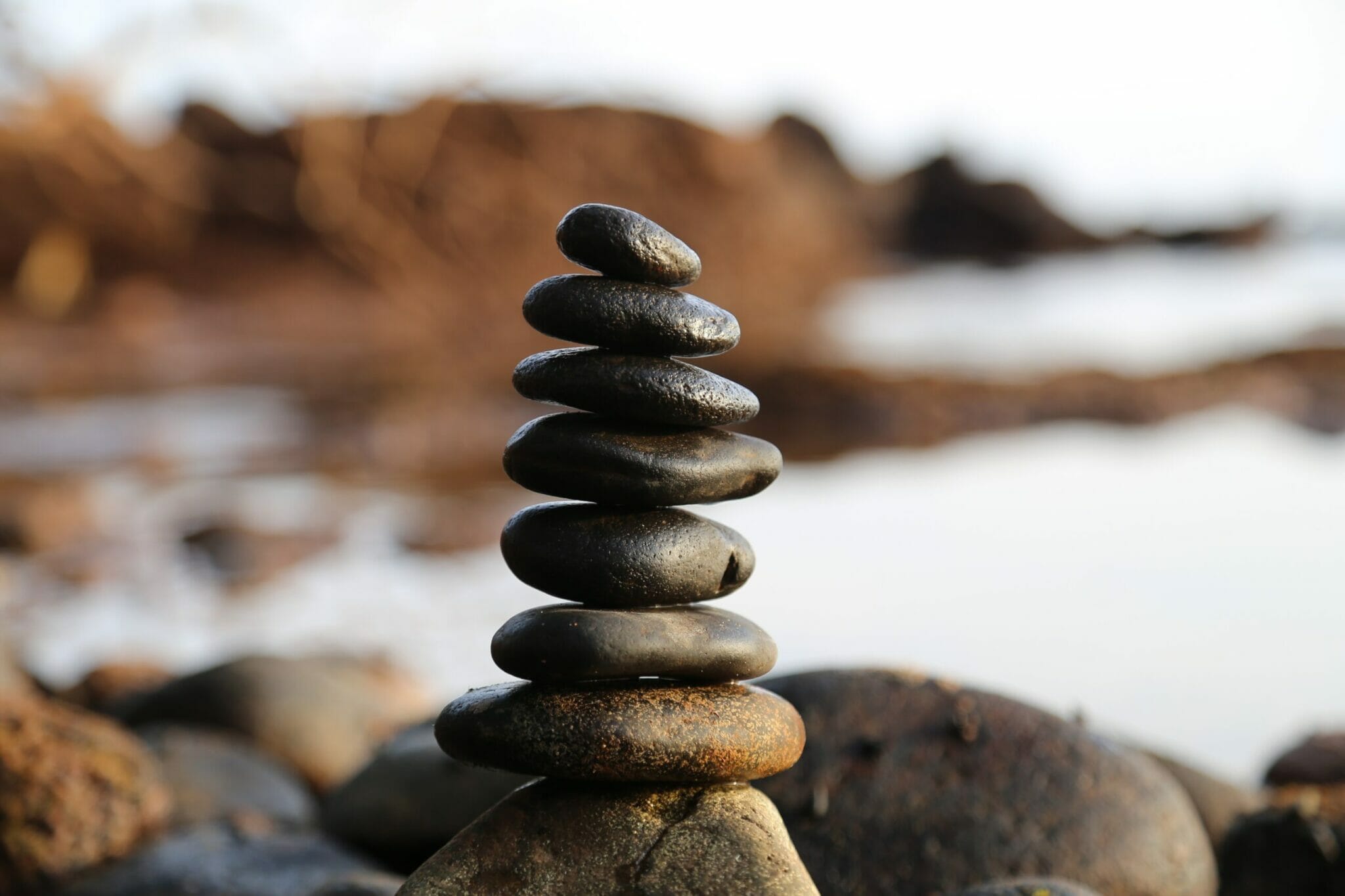
What is NSDR?
NSDR has gained popularity recently, thanks in large part to the meteoric rise of Andrew Huberman and his Huberman Lab podcast. Huberman is an excellent scientist, and has a goal of spreading knowledge and encouraging learning. Being the sleep expert that he is, Huberman’s promotion of NSDR has brought a ton of attention to the practice. NSDR is a category of practices including Yoga Nidra, mindfulness meditation, and other forms of well… non sleep deep rest.

The Benefits of NSDR
NSDR’s benefits are massive, especially for people performing at the top of their skillset. NSDR mimics states of deep sleep, meaning you get many of the same benefits. Increased alertness, increased capacity for “deep work”, and possibly (according to Huberman) increased neuroplasticity. It may also even help stave off physical fatigue! There have also been (small) studies showing that Yoga Nidra practice increases dopamine release!
How NSDR Works
The goal of NSDR is to promote many of the same effects and states that we find in sleep, without the length required. Our bodies do all sorts of amazing things during sleep to regenerate and rebuild our bodies and minds. NSDR proposes that we can achieve those same effects but in a semi-waking state. To do this, you can use different methods. Yoga Nidra, which is very similar to a waking nap is one example. Guided meditations can also promote NSDR effects by allowing us to access the deeper levels of relaxation that allow our bodies and minds to recover.
An Example Protocol for NSDR
As NSDR is a category of practices, there’s many different ways to achieve it! However, many of them share qualities between them. Hypnosis and yoga nidra, for example, are both effectively guided meditations that focus on the body, drawing you deeper into a state of relaxation. These protocols can take anywhere from 30 minutes to 2 hours! While ‘regular’ meditation certainly falls under the NSDR category, an example script for a more body-focused NSDR session would include:
- 10 minutes of breath focus
- 10 minutes of body scanning, focusing on different muscle groups and progressively relaxing them
- Finally, 5 minutes of zero effort ‘floating’, allowing the body and mind to do whatever it likes!
The Takeaway
NSDR cannot replace actual high quality sleep, so if you’re looking for performance increases handling your sleep hygiene first is a good step. However, if you’re looking to eke out a little more alertness, deep work and relaxation during the day, NSDR may be something to schedule into your day. If you’re looking for ways to recharge, and get back on the horse during a long day, a 20 minute nap or guided meditation may just do you right.



